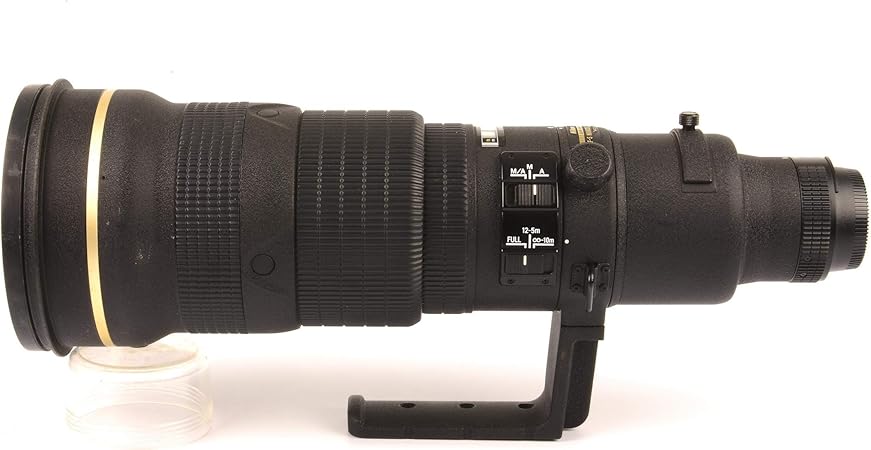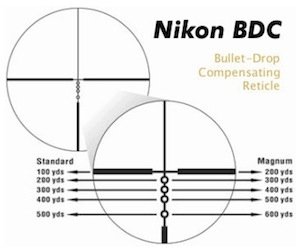Photography is an art that requires a thorough understanding of equipment, techniques, and the environment in which one operates. Among the most critical pieces of equipment in any photographer’s arsenal is the lens. For Nikon camera users, particularly those utilizing the Nikon 1 series, selecting the right lens can mean the difference between capturing a breathtaking portrait or a stunning landscape. In this article, we will delve into how to select the right lens for various photography styles, using the Nikon 1 system as a case study.
The Importance of Lens Selection

Lens selection is fundamental in photography for several reasons:
- Perspective Control: Different lenses provide varying perspectives, impacting the mood and composition of your images.
- Depth of Field: The choice of lens affects how much of the scene is in focus, which is crucial for both portraits and landscapes.
- Light Gathering Ability: Lenses with wider apertures can capture better images in low light conditions.
Understanding these factors can help photographers make informed decisions when selecting a lens, especially in the context of the Nikon 1 series, which offers a range of lenses designed for different styles of photography.
Understanding the Nikon 1 System
The Nikon 1 series consists of compact mirrorless cameras that boast versatility and ease of use. This system includes various lenses, each tailored for specific photographic needs:
- Wide-Angle Lenses: Ideal for landscapes and architecture.
- Standard Zoom Lenses: Perfect for everyday shooting, including portraits.
- Telephoto Lenses: Best for capturing distant subjects or wildlife.
- Macro Lenses: Suitable for close-up shots of flowers and small objects.
Each lens has its strengths and weaknesses, which can significantly influence the final image outcome.
Choosing the Right Lens for Portraits
Portrait photography focuses on capturing the personality and mood of an individual or group. The lens used can dramatically change how the subject is portrayed. Here are some considerations when selecting a lens for portrait photography using the Nikon 1 system:
Recommended Lenses for Portraits

For portrait photography, the following Nikon 1 lenses are highly recommended:
- Nikon 1 NIKKOR 32mm f/1.2: This lens offers a beautiful depth of field and stunning bokeh, making it perfect for isolating subjects against a soft background.
- Nikon 1 NIKKOR 18.5mm f/1.8: A standard prime lens that provides a natural perspective, ideal for capturing candid moments.
Key Features for Portrait Lenses

When selecting a portrait lens, consider the following features:
- Aperture: A wider aperture (f/1.2 or f/1.8) allows for better subject isolation and softer background blur.
- Focal Length: A focal length between 50mm and 85mm is often recommended for flattering portraits.
Using the right lens can create images that evoke emotion and tell a story, essential elements in portrait photography.
Choosing the Right Lens for Landscapes
Landscape photography captures the beauty of the natural world, often requiring a different approach than portrait photography. Here are essential considerations when selecting a lens for landscape photography with the Nikon 1 system:
Recommended Lenses for Landscapes

When venturing into landscape photography, consider the following Nikon 1 lenses:
- Nikon 1 NIKKOR 10-30mm f/3.5-5.6 VR: This versatile zoom lens is excellent for capturing wide vistas and offers image stabilization for handheld shots.
- Nikon 1 NIKKOR 10mm f/2.8: A prime wide-angle lens that excels in capturing expansive landscapes with minimal distortion.
Key Features for Landscape Lenses
When selecting a lens for landscapes, look for:
- Wide-Angle Capability: A wider field of view allows for capturing expansive scenes.
- Sharpness: Lenses known for exceptional sharpness across the frame will help capture detailed landscapes.
- Durability: Weather-sealed lenses are beneficial for outdoor shoots in varying conditions.
Using the appropriate lens can enhance the depth and detail in landscape photographs, making the viewer feel as if they are standing in the scene.
Combining Portrait and Landscape Photography
While portraits and landscapes may seem distinct, many photographers find ways to blend these styles. For example, incorporating a person into a landscape shot can create a powerful narrative. Here are some tips for effectively combining the two:
- Use a Versatile Zoom Lens: A lens like the Nikon 1 NIKKOR 10-30mm allows for adaptability in various shooting situations.
- Consider Composition: Use leading lines and natural frames in the landscape to draw attention to the subject.
Case Studies: Successful Portrait and Landscape Photography

Exploring the work of successful photographers can provide inspiration and practical insights:
- Portrait Case Study: Photographer Annie Leibovitz is renowned for her intimate portraits of celebrities. She often utilizes prime lenses to achieve stunning depth of field and detail, exemplifying the importance of lens choice in portrait photography.
- Landscape Case Study: National Geographic photographer Jimmy Chin captures breathtaking landscapes with people integrated into the scene. His use of wide-angle lenses allows for expansive vistas while still focusing on the human element.
Choosing the right lens is crucial for achieving the desired outcomes in both portrait and landscape photography. The Nikon 1 system offers a variety of lenses tailored to different photography styles, each with unique features that can enhance the quality of your images. By understanding the strengths and applications of each lens, photographers can effectively capture stunning portraits and breathtaking landscapes.
In summary, the key takeaways include:
- Understanding the importance of lens selection in photography.
- Identifying the best Nikon 1 lenses for portraits and landscapes.
- Recognizing the key features that enhance portrait and landscape photography.
- Learning from successful photographers to inspire and improve your own practice.
With the right lens in hand, photographers can elevate their work, turning ordinary moments into extraordinary images that resonate with viewers.
